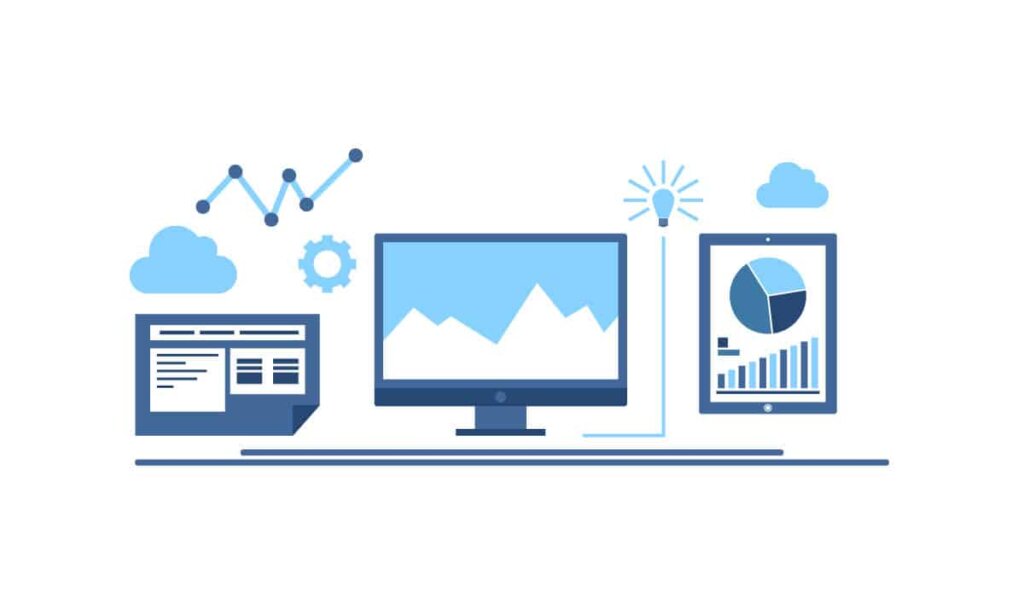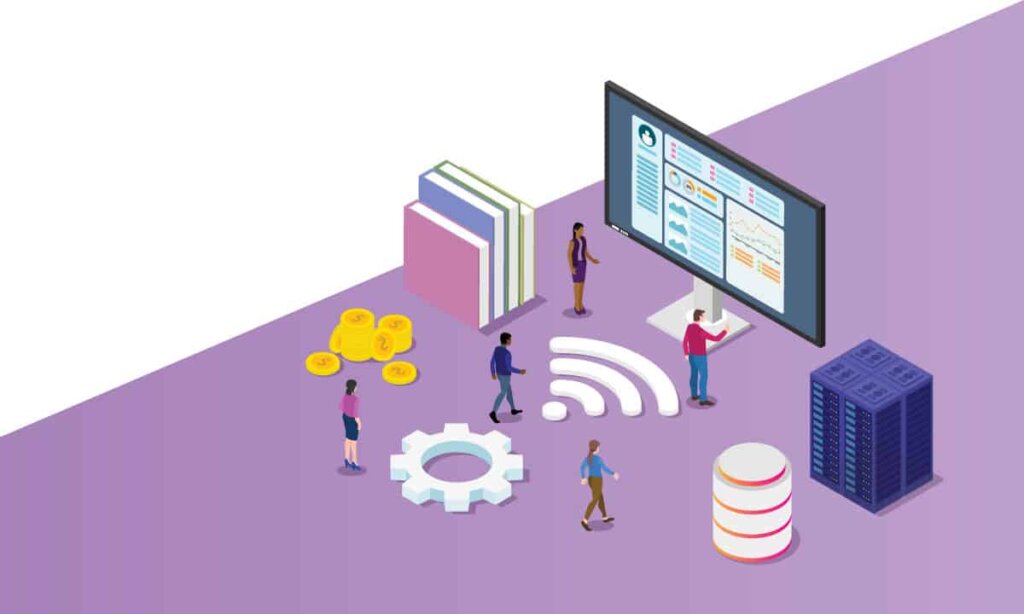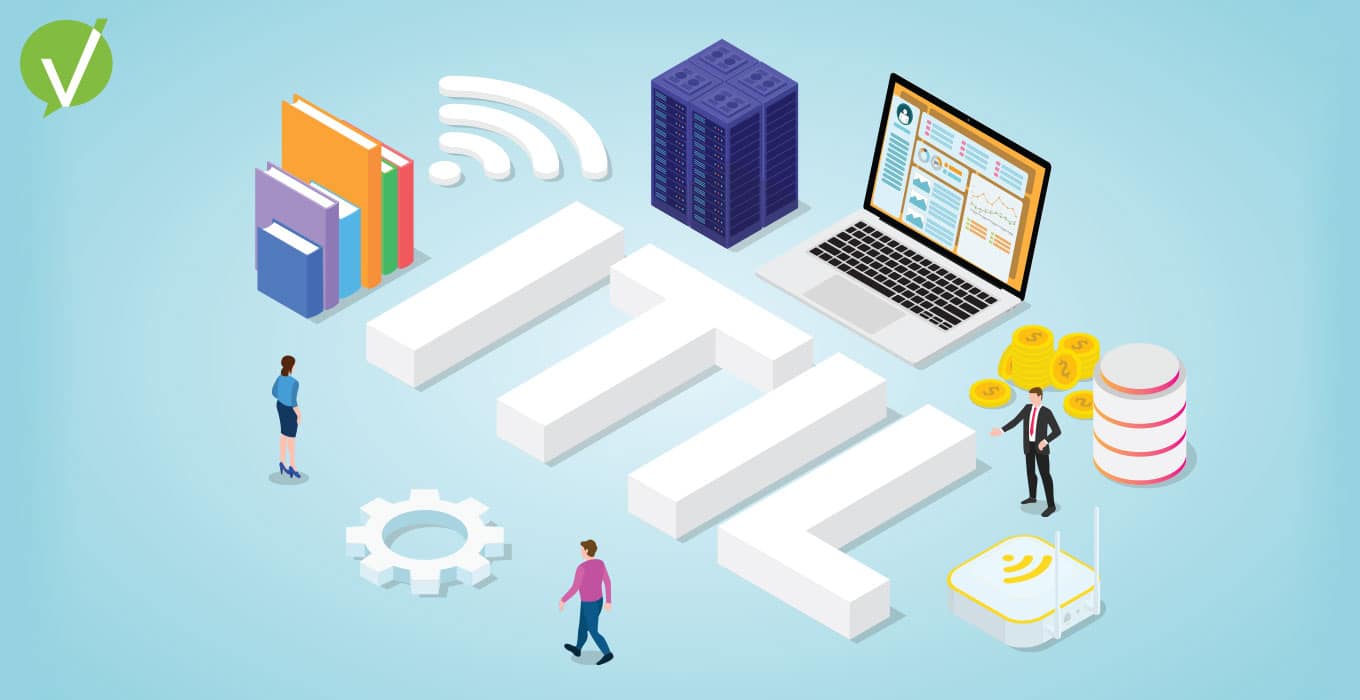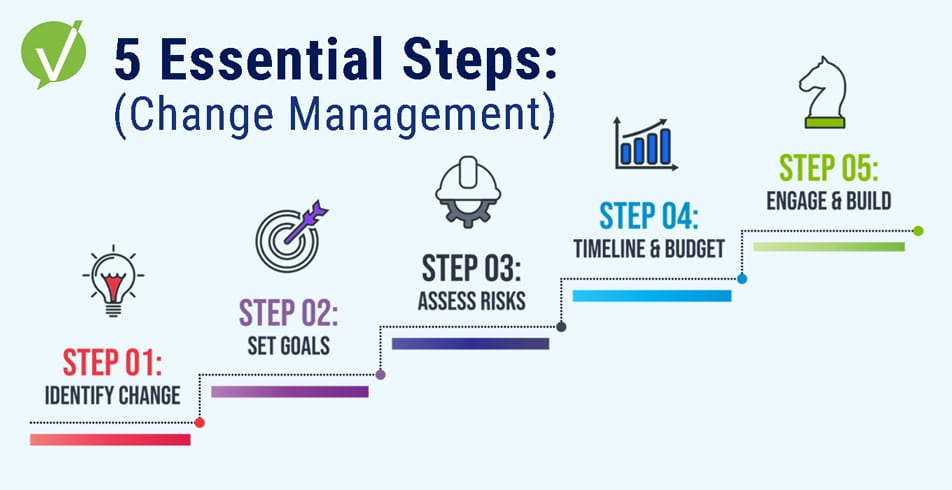Adopt a Complete CSM Platform that Utilizes ITIL
What is a CSM Platform?
A customer service management platform is a software platform that provides a variety of tools, information, and workflows relating to customer service and the customer experience. It goes beyond the functions of a more basic ticketing system while still offering the vital functions that those systems provide.
A CSM platform will enable you to manage better relationships, boost productivity and improve the customer journey. It will enable customer service teams to meet and exceed customer expectations to transform your enterprise. It will allow you to maximize the co-creation of value between the company and your customers and help customer service be the growth engine of your business.
CSM Platform vs Basic Case Management System
A Basic Ticketing system is simple case management, logging a case for a customer, interacting with that customer to resolve the issue, and closing the ticket so that the customer service team can move on to the next. It does the job of resolving the issue but doesn’t add any value to the supplier or vendor beyond that. A Customer Service Management Platform will offer far more value, support Customer Service processes, and maximize value based on best practice frameworks such as ITIL.
Our highly configurable service management solution empowers you to take charge and deliver your customers the best possible service experience.

It Will Empower Teams
Our powerful yet simple and intuitive configuration puts you and your team in control.
Simple Configuration
Built on configuration, not customization.
Ease of Use
Increase productivity and accelerate response times to customers.
Rapid Deployment
Enterprise functionality in days or weeks, not months.
Dig Into Data
Easily access the information you need to drive continuous service improvement.
Scale With Confidence
Scale teams or deploy across multiple departments.
- Trusted Partner
- Vivantio does not outsource any support or professional services.
It Will Enable Operations
Lean on best practice frameworks and service management capabilities to do more with less.
Go Beyond Case Management
Break away from a single ticket type– from Incident, Problem, Change, and Service Requests, to your own.
Service Level Management
Configure multiple Service Level Agreements (SLAs) to organize, track, and solve requests within time.
Customer SLAs
Link service levels to individual customer contractual agreements.
Self Service
Design and Build customer-facing self-service portals so your customers can easily get help when needed.
Knowledge Management
Centralize and categorize all your documents, training, guides, videos, and more.
Email to Ticket
Process emails into tickets and use workflows to assign them to the right team quickly and seamlessly.
It Will Elevate Service
Your operation isn’t one-size-fits-all, so your customer service management solution shouldn’t be either.
Predict and Route Issues
Reduce resolution times by ensuring that requests are directed to the right team automatically.
By combining a powerful self-service interface with business rules, capture specific information that can help route issues and remove the need for triage.
Automate Workflows
Through digital transformation and working from home, the demand on customer service teams has never been greater than today.
CSM automation lets you do more with less. By automating repeatable processes, you can reduce your team’s workload. Using workflow escalation and powerful business rules, you can reduce the number of touchpoints in ticket resolution.
This means happier teams and happier customers.
Get a 360-degree View of your Customer and Operations
Unify your technology-critical applications, like ticket routing, event management, and customer education. By centralizing your entire CSM infrastructure, you create a holistic view of your entire support services across the organization.
Combine this with HR, facilities, finance, and other line-of-business applications to simplify the customer experience for onboarding or service requests.

How Can a Platform Utilize ITIL?
ITIL is a best practice framework that should be used to fit the business, not the other way around. The configuration within a quality CSM platform should allow it to enable business processes, and ITIL can support this in optimizing those processes and maximizing value. This includes configuring and setting up multiple types of tickets to support ITIL processes. Configuration to support the business should be based on best practices and not a prescribed, out-of-the-box set of configurations by the vendor.
So let’s talk about what is seen as traditional ITSM processes, how they are related to CSM, and how ITIL can support the best practices around them.
ITIL traditionally focuses on the below processes, and they are equally relevant for CSM:
Incident Management
Incidents are when an issue arises for a user that needs to be dealt with. This can be a lost password, an email system issue, a computer malfunction within an IT setting, or a how-to question about a product or service. Within CSM, and especially B2B, this is likely to be a bug in the software, an issue with a product, service requests, “how to…” questions, requests for information, problems with a service offered, or a complaint from a customer.
Problem Management
Suppose a group of incidents comes in that all end up being a symptom of the same root cause (for example, multiple tickets logged as “staff cannot access email” are actually caused by the server being down). In that case, that cause is considered a problem. Problem management deals with identifying problems, categorizing them, resolving them, and storing data to make them easier to prevent in the future. With CSM, this could be a defect in the manufacturing of a product, the development of some code that has a broad impact, an underlying usability issue, a single point of failure in a service or a known issue with existing workarounds.
Change Management
Change management is about handling any changes to services or products offered to end users. This is important so that changes can be tracked, assessed and authorized to assess impact on internal systems but end users and is crucial in a B2B environment as unplanned, unassessed and unauthorized changes can have a large impact on yours and more importantly your customer’s business.
Service Level Management
SLM covers questions like “What are the contractual or non-contractual SLAs for your customers?” or “What are the Operational Level Agreements (OLAs) that you need to support your end customer SLAs?”
Availability Management
Availability management covers how you manage the availability of your product and service to your customers, how you record outages or unavailability, and how you report on them.
Capacity Management
Capacity management covers how you manage the capacity of your operations around delivering your products and services.
Release Management
Release management covers how your service, product, or software is released to your customers and updated.
Event Management
Event management covers how you monitor your product or service for alerts and take proactive action ahead of any failures or outages.
Contract Management
Contract management covers how you manage your contracts with your customers, specifically around the service and support of your products and services.
Once we have the processes in place to support the Customer’s Journey and Customer Service Management, it is then about how the tools can support the ITIL best practices to maximize value from the products and services for both the customer and vendor/supplier.
The platform’s overall focus should be on the final 2 core activities from the ITIL 4 Service Value Stream and the feedback/improvement loop.

|
What to Look For in a CSM Platform
Here is our checklist for what businesses should look for in a CSM platform:
- Intuitive User Interface for end users/customers
- SLAs with the options to have SLAs per Clients
- OLAs across different teams
- Multiple Ticket Types and configurations per type of ticket to support business processes and CSM best practices (ITIL).
- Reporting focused on customers and business intelligence to support continual improvement
- Omnichannel Support
- Integrations with CRM or Customer Success Platforms and a wider line of business systems
- Surveys to enable continual improvement through feedback
- Self-service portals that can be used as an extension of a brand
- Configuration to build on best practice
- Flexibility to adapt and empower
- Scalable service management platform to grow as your business grows and your service management maturity develops
- Holistic/360-degree view of the customer
- How can the CSM platform meet your business outcomes
Vivantio is the only service management solution that enables rapid configurability, empowers your teams with effortless operations and elevates your customer experience for a future-ready business.
For more than two decades, Vivantio has been helping clients optimize their service organizations by leveraging a unified service management platform. To find out how Vivantio can help you implement ITIL service management principles into your customer experience, contact our team today or register for a free demo.













